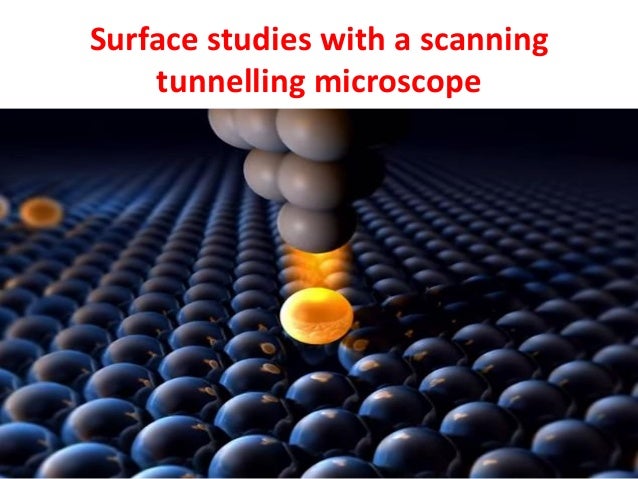Week 8: Nanotechnology + Art
Week 8: Nanotechnology + Art
May 20, 2017
Let’s consider art to be a process requiring creativity for an aesthetic outcome. And let’s look at the combination of technology and science as a means to continue discovering new things about the world for the betterment of the human condition. Combining all three elements leads us to a whole other realm in which the boundaries we typically see separating these three elements are blurred until you can’t tell which is which.
May 20, 2017
Let’s consider art to be a process requiring creativity for an aesthetic outcome. And let’s look at the combination of technology and science as a means to continue discovering new things about the world for the betterment of the human condition. Combining all three elements leads us to a whole other realm in which the boundaries we typically see separating these three elements are blurred until you can’t tell which is which.
We can see this blurring of lines in the study and science of nanotechnology. Nanotechnology deals with the likes of atoms and molecules of sizes so small it’s still beyond my comprehension. Nonetheless, from the lectures given by Dr. Jim Gimzewski on the work that has been and is being done within the science of nanotechnology made me realize that without art and artists and the ability of artists to render visual images, nanotechnology would probably not be as advanced as it is today. As he explained, because we can’t really look at a molecule or an atom, we have to create renderings and representations of these entities so that we know how to develop the technology (i.e. the scanning tunneling microscope [STM]). So without the contribution of art, it would be a lot more difficult for us to advance scientific and technologically. But, without science (i.e. math), we wouldn’t be able to have such accurate, aesthetic, and advanced visual graphics as this image seen to the right. Which came first? The chicken or the egg? Art or science? Especially from this point of view and from these observations, there are inextricably linked and intertwined and both fields will advance the other in a symbiotic relationship.
| Scanning tunneling microscope image of a nanotube peapod. http://wwwphy.princeton.edu/~yazdaniweb/Images/Highlights/Highlight_20020201_full.jpg |
Finally, my favorite conjugation of art and science can be seen in stained glass windows and how artists were able to use nanotechnology to create such beautiful works of art. I recently visited La Sagrada Familia in Barcelona, Spain, and understanding now that the amazing stained glass work in that cathedral would not have been possible without nanotechnology puts things into a whole new perspective. The awe I experienced while in that cathedral looking at all of the stained glass is now magnified by my new understanding of how the art was made possible.
 |
| La Sagrada Familia https://c1.staticflickr.com/3/2898/14180703984_988d9bb271_b.jpg |
 |
| https://hips.hearstapps.com/edc.h-cdn.co/assets/15/44/1280x853/ gallery-1445964228-la-sagrada-familia-barcelona-basilica-02.jpg?resize=480:* |
References
Chan, Chi. "From Nanotech to Nanoscience." Distillations. Chemical Heritage Foundation, 12 Apr. 2017. Web. 20 May 2017. <https://www.chemheritage.org/distillations/magazine/from-nanotech-to-nanoscience>.
Dikijian, Nyrie. "Stained Glass Nanotechnology." Web log post. Sci | Art. WordPress, 10 July 2009. Web. 20 May 2017. <http://artsci.ucla.edu/artsci/SI_BLOG/?p=659>.
"How an STM Works." How an STM works. NanoScience Instruments, n.d. Web. 20 May 2017. <http://www.nanoscience.com/technology/scanning-tunneling-microscopy/how-stm-works/>.
"The Scanning Tunneling Microscope." Nobelprize.org. Nobel Media AB , n.d. Web. 20 May 2017. <http://www.nobelprize.org/educational/physics/microscopes/scanning/>.


Great post! I really like how you thoroughly explained Dr. Jim Gimzewski's belief that without artists ability to render visual images, nanotechnology would probably not be as advanced as it is today. A great example that you used was that we can't really look at a molecule or an atom, but luckily we are able to create renderings and representations of these entities so that we know how to develop the technology.
ReplyDeleteI enjoyed your thoroughness in describing how intertwined the arts and sciences are, especially in the study of nanotechnology. I also appreciate your explanation in the first paragraph, illustrating this symbiotic relationship between art and science.You used an interesting example of the stained glass windows. I was not aware of this application of nanotechnology before reading your post.
ReplyDeleteHey i enjoyed reading your post. I thought it was interesting how you noted the close relationship between science and arts are (similar to Katelyn's comment). I think that rather than one coming before the other, both were intertwined from the start. Science was complimented by art, and art was expanded by science. It only seems like one came before the other because only recently did people have the technology to discover the interaction of art and science. Especially with the roman cup. The romans didn't understand nanoparticles, they just used them to make the cup artistic. We only found out after we made discoveries in chemistry and nanotechnology. At least that's my opinion.
ReplyDelete